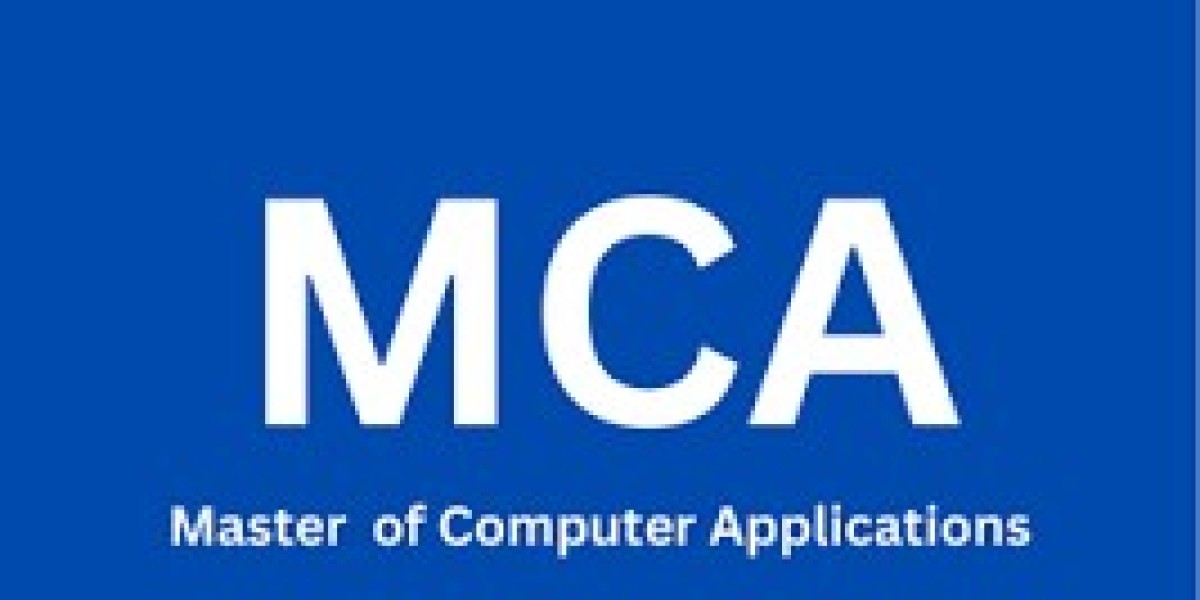With the global shift toward renewable energy, the need for scalable and resilient energy platforms has never been more pressing. These platforms are essential for integrating various energy sources while ensuring reliability, efficiency, and adaptability to shifting demands. In this blog, we’ll delve into the principles of robust development for scalable energy platforms, the challenges that arise, and innovative solutions that are shaping a sustainable energy future.
Defining Robust Development
Robust development involves creating systems that can handle uncertainties and variations in their environments. In the energy sector, this means designing platforms capable of managing fluctuating energy supply and demand, integrating multiple energy sources, and maintaining performance under various conditions.
Essential Traits of Robust Development:
Flexibility: A robust energy platform must be adaptable to new technologies and changing market conditions, supporting a variety of energy sources—like solar, wind, hydro, and biomass—along with energy storage options.
Scalability: As energy needs grow, platforms should scale efficiently, which includes not only increasing capacity but also ensuring reliable performance with the addition of new resources.
Resilience: Effective platforms can endure and recover from disruptions—be they natural disasters, cyberattacks, or sudden demand spikes. This resilience is vital for maintaining energy security.
Interoperability: Seamless communication among various systems and technologies is crucial for comprehensive energy management. Robust platforms should enable different components—such as smart grids, IoT devices, and decentralized energy resources—to work together effectively.
Challenges in Developing Scalable Energy Platforms
While robust development is crucial, several challenges can impede progress:
Technological Complexity: Integrating a wide array of energy sources and advanced technologies can create complex systems that are hard to manage and optimize.
Regulatory Barriers: The regulatory landscape varies greatly by region, making it challenging to implement scalable solutions due to differing policies and standards.
Infrastructure Issues: Many areas face challenges with aging infrastructure, which can be a significant obstacle. Investment in modernizing grids and other components is necessary to support robust energy systems.
Financial Constraints: The initial investment required for scalable energy solutions can be substantial, making it difficult to secure funding and ensure long-term economic viability.
Approaches for Robust Development
To overcome these challenges, stakeholders in the energy sector can implement several strategies:
1. Adopt Modular Design
Modular designs enable incremental development of energy platforms. Standardized components allow for easy expansion and modification, enhancing flexibility and scalability.
2. Utilize Advanced Analytics
Leveraging data analytics and machine learning can improve decision-making and operational efficiency. Predictive analytics can optimize energy management by forecasting demand patterns, while real-time data can enhance the performance of diverse energy sources.
3. Encourage Collaboration
Collaboration among government entities, industry players, and academic institutions can drive innovation in scalable energy solutions. Public-private partnerships can foster knowledge sharing, reduce risks, and accelerate the adoption of new technologies.
4. Enhance Cybersecurity
As energy platforms become more interconnected, robust cybersecurity measures are crucial. Implementing strong security protocols can protect against potential threats and enhance the resilience of energy systems.
Examples of Successful Implementation
1. Tesla’s Virtual Power Plant
Tesla’s Virtual Power Plant (VPP) exemplifies a robust, scalable energy platform. By connecting thousands of home batteries across Australia, Tesla has created a distributed energy resource that can be utilized to meet peak demand, enhancing grid stability and resilience.
2. Siemens’ MindSphere
Siemens’ MindSphere is an IoT platform that facilitates the integration of various energy assets, allowing for real-time monitoring and management. Its modular design promotes scalability and interoperability, making it an effective tool for developing robust energy solutions.
Conclusion
As we transition to a more sustainable energy future, robust development for scalable energy platforms is essential. By prioritizing flexibility, resilience, and interoperability, stakeholders can create systems that meet current energy demands and adapt to future challenges. Through innovative strategies and collaborative efforts, we can establish a resilient energy landscape that supports the shift to renewable sources and ensures energy security for all.


